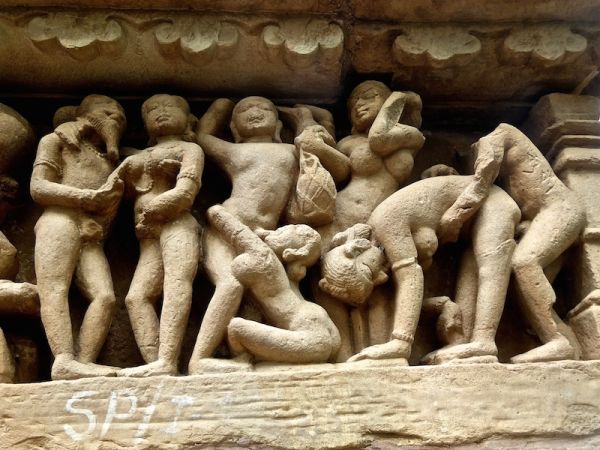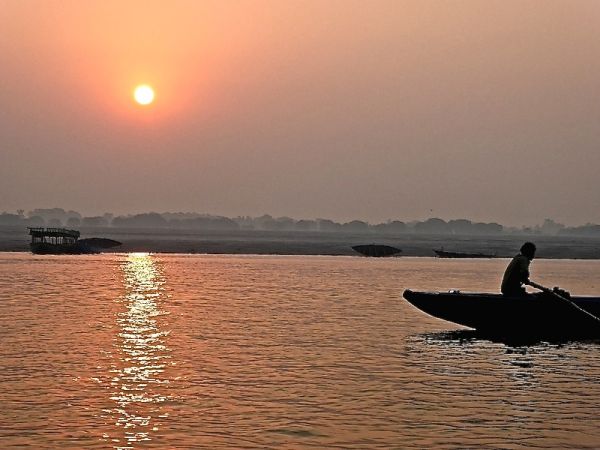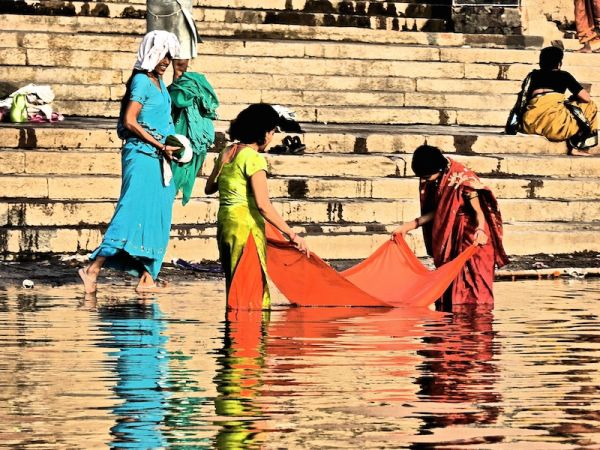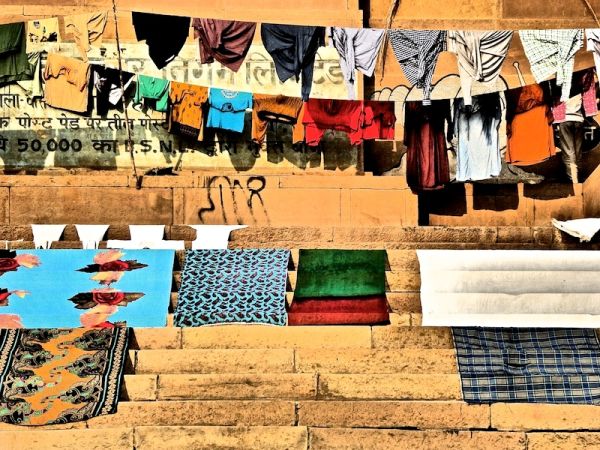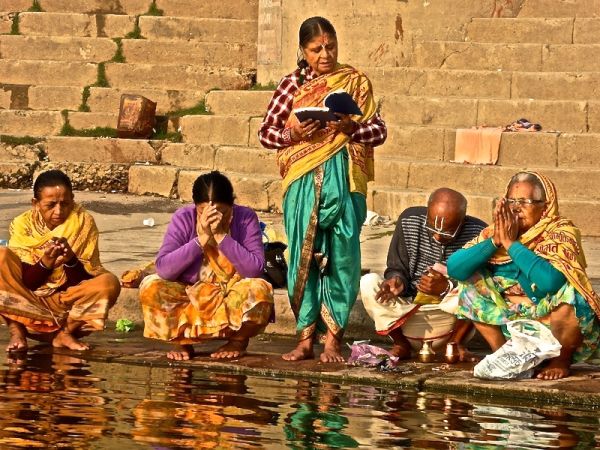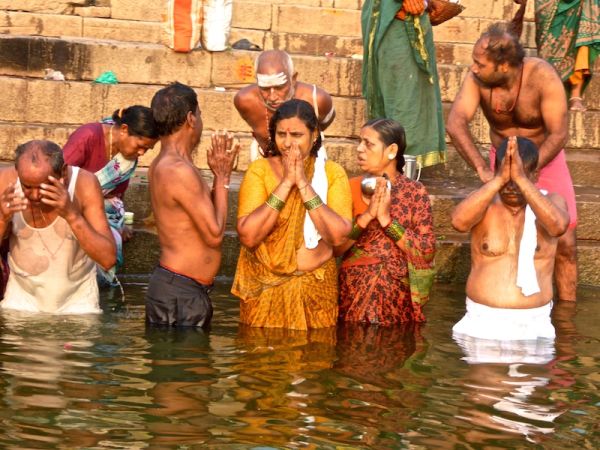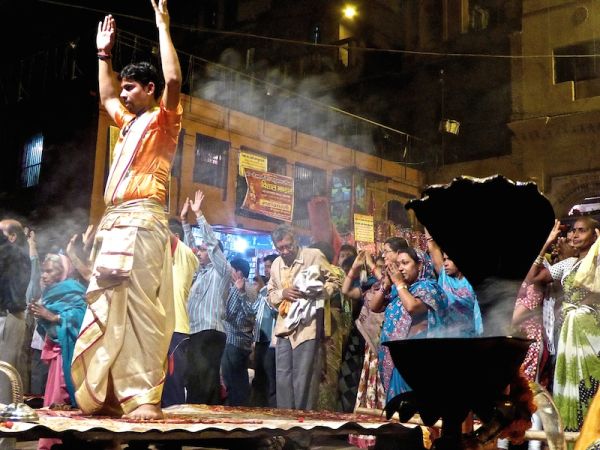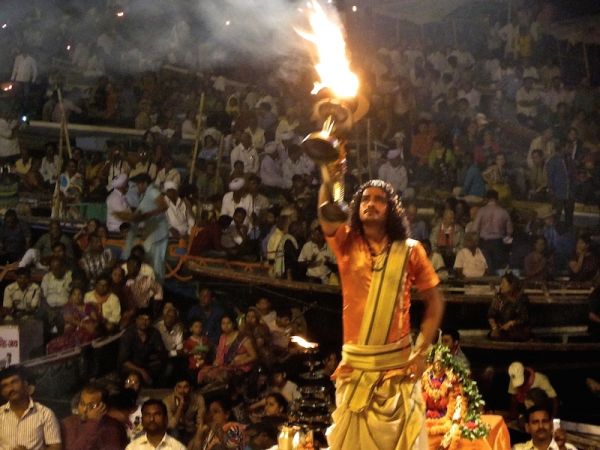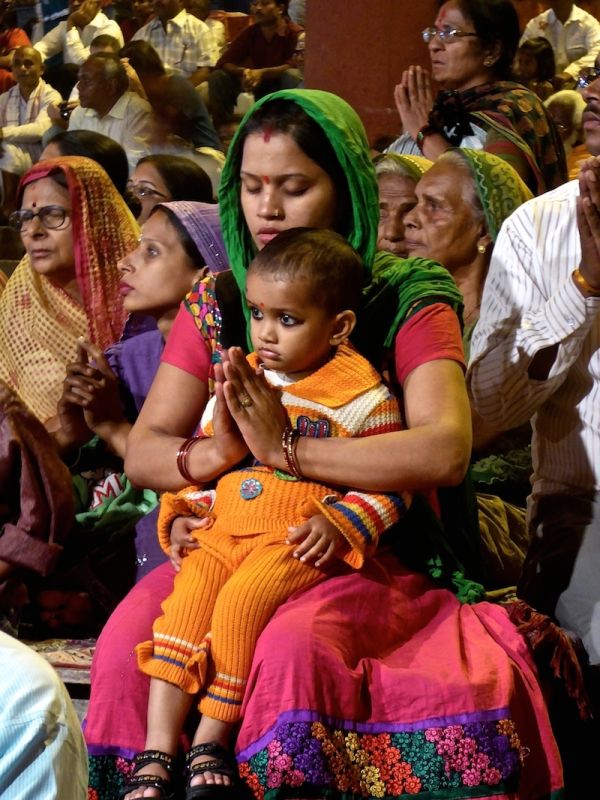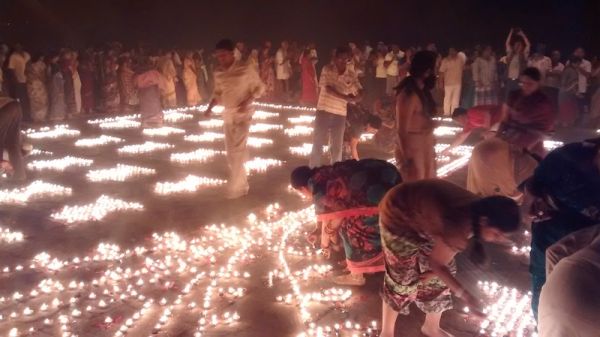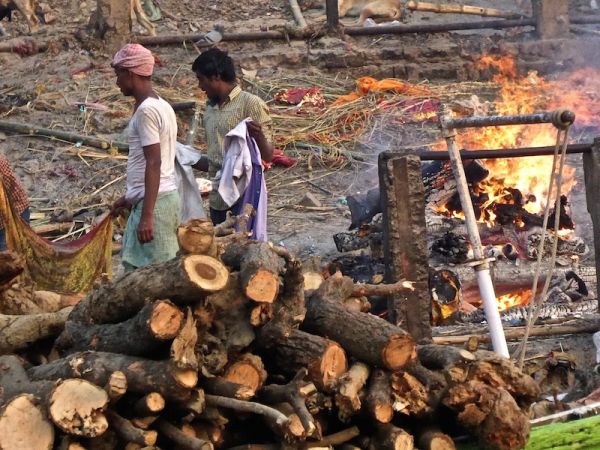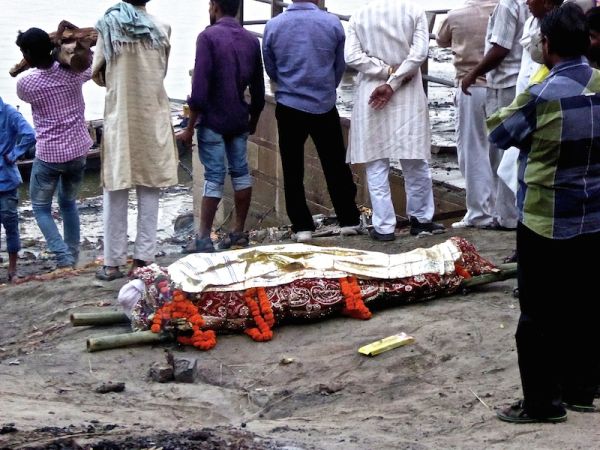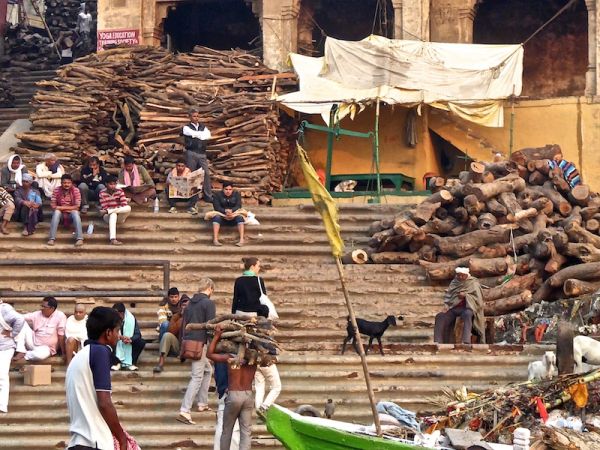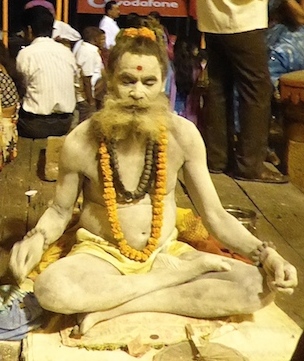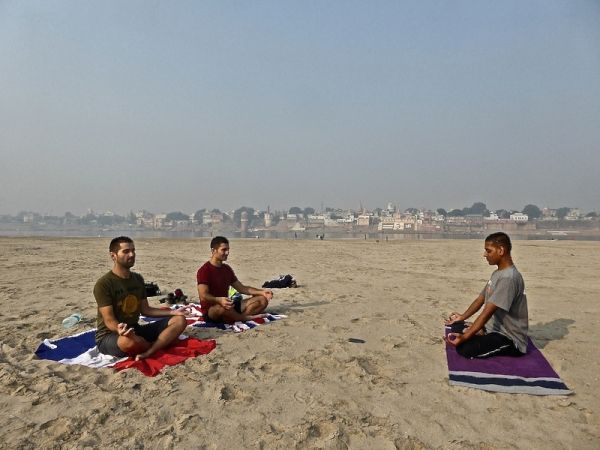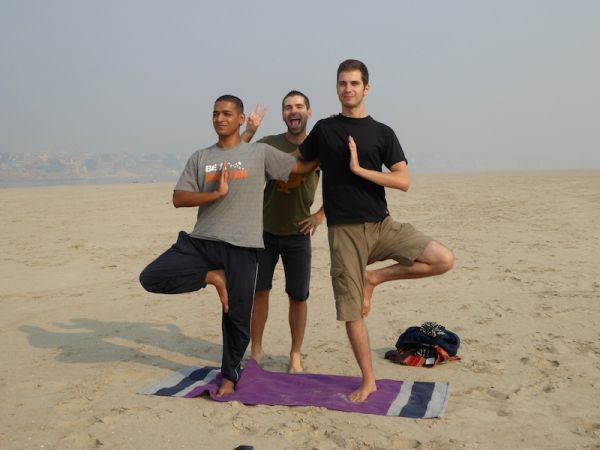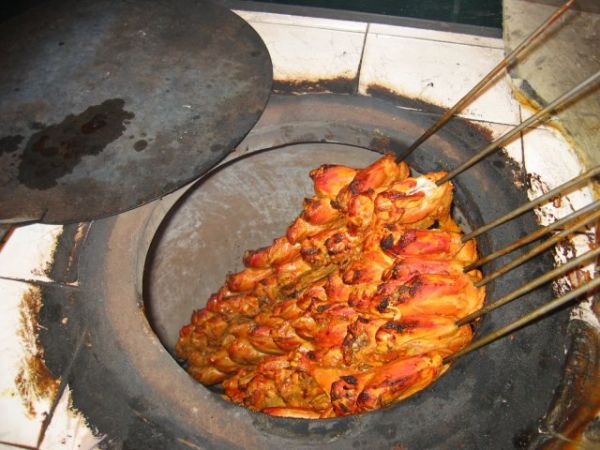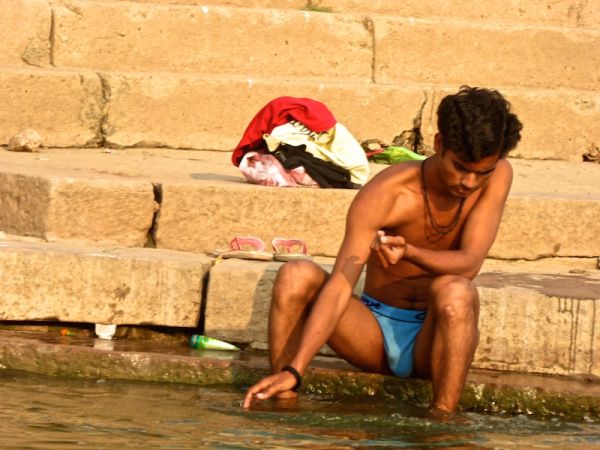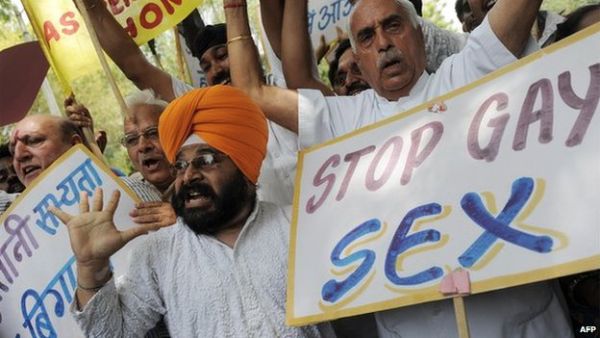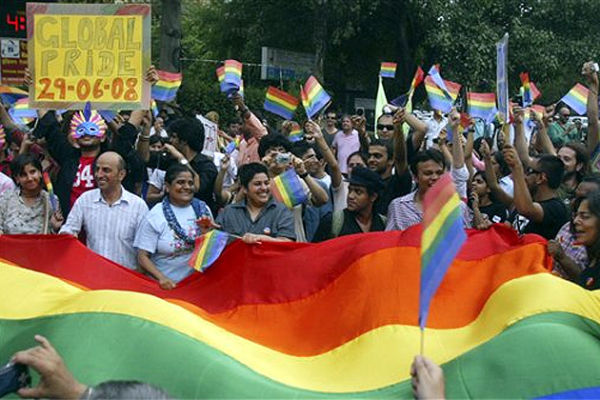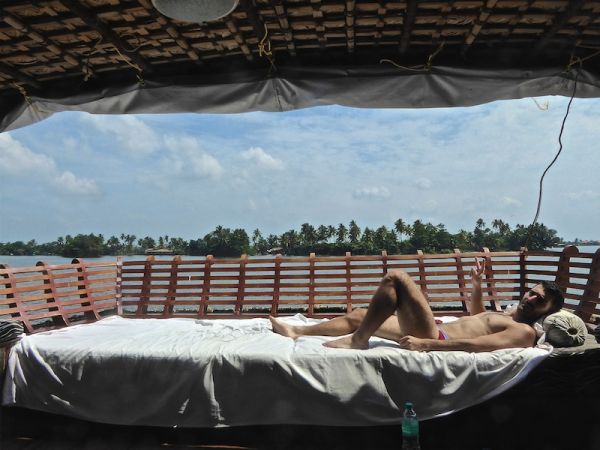Ahhh India India India, you caught us by surprise!
We struggled with you at first, but after a while you really grew on us…a lot.
We now het the whole love hate India thing people keep referring to when they talk about you and with hindsight, we do love you and want to come back very soon.
Here’s a few of the reasons why we love hate India and why we want to return for more.
#1 HATE INDIA: traffic chaos and mayhem in India
The first thing that greeted us when we set food in India and came out of New Delhi station was the complete traffic chaos and mayhem:
![Delhi chaotic traffic Love hate India chaotic traffic]()
One of the first things that greeted as we arrived in India was the chaotic traffic of Delhi
The chaotic traffic is particularly more prevalent in Northern India.
![Woman with sari on motorbike Love hate India traffic woman with sari on motorbike]()
This motorbike negotiates its way through the Jaipur traffic with its colourful passenger
With such a large population (almost 1.3 billion) and with one of the highest population densities in the world, it’s not surprising to see so many people everywhere.
But it is impressive to see so many people, cows, motorbikes, rickshaws and more people coexisting peacefully in one big disorganised mess.
Trying to cross the road during a traffic jam in Old Delhi was a particular memory that summed up the chaos in India:
#2 LOVE INDIA: beautiful world wonders!
Yet, amongst all the chaos, India has some of the most beautiful temples, palaces and forts we’ve ever seen:
![The Mehrangarh Fort in Jodhpur Love hate India beautiful temples Mehrangarh Fort Jodhpur]()
The Mehrangarh Fort of Jodphur was used as the location for many films including Batman: The Dark Knight
![The City Palace of Jaipur Love hate India beautiful City Palace of Jaipur]()
Nomadic Boys posing at the beautiful City Palace in Jaipur’s Pink City centre
…including the Taj Mahal mausoleum of course:
![Seb osing by Taj Mahal Love hate India magnificent temples Taj Mahal in Agra]()
Sebastien contemplating our blog at the Taj Mahal
#3 HATE INDIA: the intense poverty
Travelling through India, the intense poverty is so in your face and commonplace. This was an aspect of India we really struggled with, particularly in the north.
After a while you almost get used to seeing crowds of poverty dotted around almost everywhere: barefoot children who’ve not washed in a long time, people begging, families sleeping in the streets or train stations.
![People sleeping rough inside Delhi's train station Love hate India intense poverty Delhi main train station]()
People sleeping rough at the New Delhi main railway station
![Man sleeping rough on Delhi's streets Love hate India: many people sleeping rough on Delhi main streets]()
This was one of many sleeping rough on Delhi’s streets
#4 LOVE INDIA: really charming charismatic people
The people make this love hate India relationship better all the time. They are so charming and very animated: there is never a dull moment and wow do they love having their photo taken with us foreigners!
![Group of girls at Khajuraho temple Love hate India animated charismatic people at Khajuraho temple]()
Nomadic Boys wondering if these saris would fit us for our next big night out in town
![Stefan and friend sharing a lassi in Jaipur Hate love India friendly charming people Jaipur lassi]()
Stefan sharing a tasty lassi in Jaipur with this lady from Gujurat who was touring India with her family
![Sebastien and friends at Mehrangarh Fort in Jodhpur Hate love India Seb and Indian children Mehrangarh Fort in Jodhpur]()
Sebastien posing with these really cute children at Jodhpur’s Mehrangarh Fort
And some of them we found to be particularly, er, charming! He he he:
![A charming boy of Varanasi Hate love India cute boy washing Ganges river Varanasi]()
Charming lad about to bathe in the Ganges at Varanasi
![Naked boy washing Ganges river Varanasi Hate love India naked boy Ganges river Varanasi]()
Another charming lad this time after his bath in the Ganges river in Varanasi
#5 HATE INDIA: open sewers and lots of pooh
Just when you get charmed by the very fun people, you almost miss falling in one of many open sewers everywhere.
This was a love hate India thing we reluctantly got used to over time. In place of a pavements throughout India there are open sewers. And they’re not pleasant.
![Agra open sewers pig Love hate India pig in sewer Agra]()
Agra’s open sewers running alongside the roads with this piglet going about its daily rituals inside
And having cows roam freely inevitably means large amount of cow pooh everywhere. But, as this is pooh from a sacred animal, it will get decorated in this, er, beautiful way:
![Decorated sacred cow pooh in Udaipur Love hate India cow pooh Udaipur]()
We frequently saw lots of the cow pooh in the streets being decorated in this elaborate way
In fact we noticed it wasn’t just cow pooh we noticed in one of the Indian trains…
![Pooh in toilet in train Delhi to Agra Love hate India pooh in train Delhi to Agra]()
Major fail! Someone really missed in this Indian train from Delhi to Jaipur
#6 LOVE INDIA: the cute head wobble
The side to side head wobble is one of our favourite love hate India memories.
Is it a ‘yes’ or a ‘no’ or a ‘maybe’?
We did find that the more enthusiastic the head wobble, the more likely it means ‘yes’ and a shorter one is more likely to mean ‘no’.
Although it didn’t seem quite as authentic when Stefan tried it:
#7 HATE INDIA: Indian trains never on time
Train travel in India is certainly a highlight and a great way to admire the Indian landscape.
But, an unfortunate reality we found travelling through India was that trains are frequently at least around 2/3 hours late…
![4 hours train delay at Agra train station Hate love India train delays]()
People waiting for 4 hours for their delayed train to take them to Delhi
We waited for 4 hours for our delayed train at Agra to return us to Delhi…our train from Udaipur to Khajuraho was delayed by 3 hours because the engine broke down and had to be replaced…our train from Khajuraho to Varanasi was almost 3 hours late for an unknown reason.
![4 hours train delay at Agra train station Love hate India train delays Agra train station]()
Engine broke down during our train ride from Udaipur to Khajuraho and we had to wait 3 hours for a new one to be brought to us
But we quickly learnt you just need to swallow it, sit back and enjoy the ride!
![Our train selfies montage Love hate India train delay selfie]()
Silly train fun during our journey from Agra to Delhi
#8 LOVE INDIA: colour colour LOTS of colour
Colour followed us around in India and another reason why we fell in love with her.
![Stefan posing with this group of Indian girls at the Taj Mahal Hate love India bright colours everywhere Taj Mahal Agra]()
Stefan posing with this group of shy Indian girls at the Taj Mahal
The saris worn by Indian women are incredibly beautiful:
![One of the many colourful Indian bazaars Hate love India beautiful colourful saris Jaipur bazaar]()
Colourful bazaar in Jaipur
Some of the cities are even nicknamed after a colour like the ‘Blue City’ (Jodhpur) or ‘Pink City’ (Jaipur).
Diwali in Jaipur is a particularly special time to be in the city when it is more colourful and bright then ever.
![Colourful Jaipur Hate love India colourful Jaipur during Diwali]()
Celebrating Diwali in Jaipur with our friend Andrew – every day during Diwali was like a colourful street party with lights everywhere.
And the buses in Kerala were decorated in this colourful way (before they set off zooming dangerously on the roads):
![Colourful bus of Kerala, south India Hate love India colourful bus Kochi Kerala]()
A colourful and beautifully decorated bus of Kerala, south India
#9 LOVE HATE INDIA: the Indian helicopters and their annoying drivers
The tuk tuks in the big cities will induce quite a strong love hate India feeling.
On the one hand, you will quickly grow to hate the tuk tuk drivers at times. They can be very disingenuous, trying to scam you, claiming your restaurant/hotel is closed and instead take you to where they can get a commission.
Whist you can refuse to pay them if they do this, it wastes time and leads to an inevitable confrontation (or tantrum if you’re a hungry Nomadic Boy).
![Love hate India...love hate tuk tuk Love hate India - love hate tuk tuks]()
Tuk tuks are a lot of fun but a lot of the drivers can be a pest
But, on the upside, tuk tuks are an economical means of getting around. And they are a lot of fun…especially when they go against the crazy flow of Indian traffic…
#10 LOVE INDIA: food food food paradise
We got very lucky and didn’t get the famous ‘Delhi belly’ bowl syndrome most travellers to India fall victim to. We were very careful to avoid all non bottled water, steered clear from all street food but we did buy our fruit from the many street sellers.
We had a great time trying and loving all the different varieties of Indian food, from the paneer curries of the north to the tasty coconut based dishes of the south like sambar with dosa.
Indian food kept these two greedy boys very happy (but did spark quite a few arguments as well):
![Fighting over the tasty Keralan fish Molee and palappam Hate love India food food paradise]()
‘HANDS OFF YOU GREEDY FRENCH MAN THAT DOSA IS MINE!!!”
#11 LOVE INDIA: grandiose weddings
An Indian wedding is an honour to be invited to and attended one in the village of Amber near Jaipur.
Indian weddings are massive events, particularly in rural areas where the entire village community gets involved.
![Sebastien and his new friends at a wedding at Amber village Hate love India wedding in Amber village near Jaipur]()
At this Indian wedding at Amber village, the entire community got involved
Anywhere between 100 and 10,000 people attend to watch the groom in a covered costume draped in money (a sign of good luck) leave his house, on horse, to go through the village to the bride’s house where the ceremony takes place and the hungry revellers are fed.
![The groom at this Indian Muslim wedding at Amber village near Jaipur Hate love India Muslim wedding groom going to bride on horse]()
The groom at the wedding is covered in traditional dress and money (for good luck)
Being the only foreigners, we stood out. So everyone wanted to speak and pose for photos with us, especially this group of cheeky boys who followed us during the entire procession:
![Stefan and new friends at this wedding at Amber village near Jaipur Hate love India muslim wedding group of children]()
This group of boys followed us round during the entire wedding procession asking for their photos with us
The Indian wedding sums up the love hate India feeling we felt travelling here. It is chaotic, loud, extremely colourful and heaps of fun!
Read this article by our friends With Husband in Tow for more about traveling in India in comfort.
FOR MORE FROM OUR TRAVELS IN INDIA, CHECK OUT OUR VIDEO:
The post 10 interesting facts about India, we love or hate it appeared first on Nomadic Boys.








































